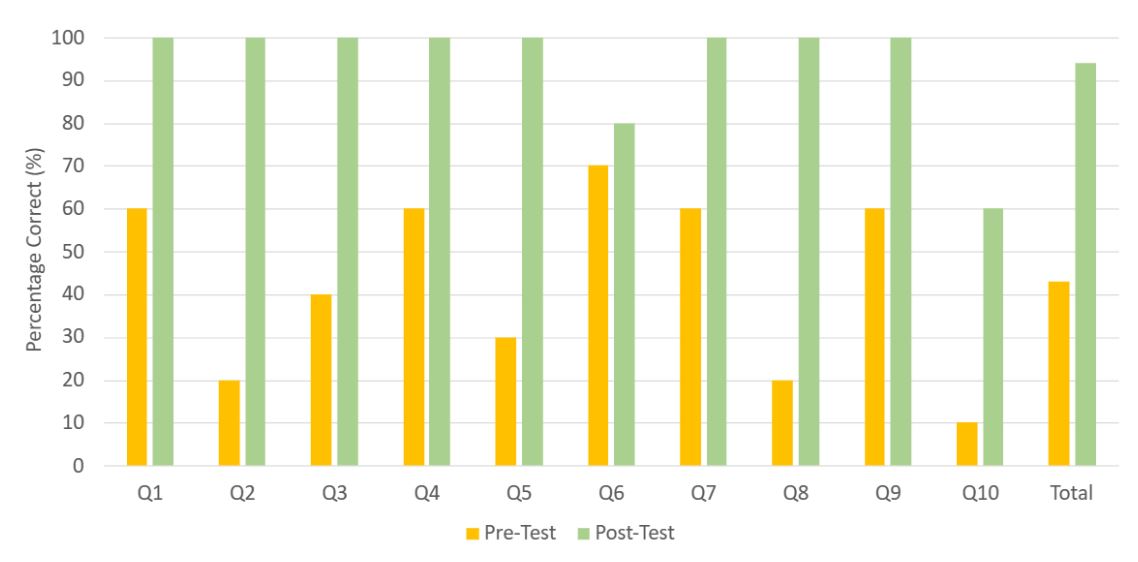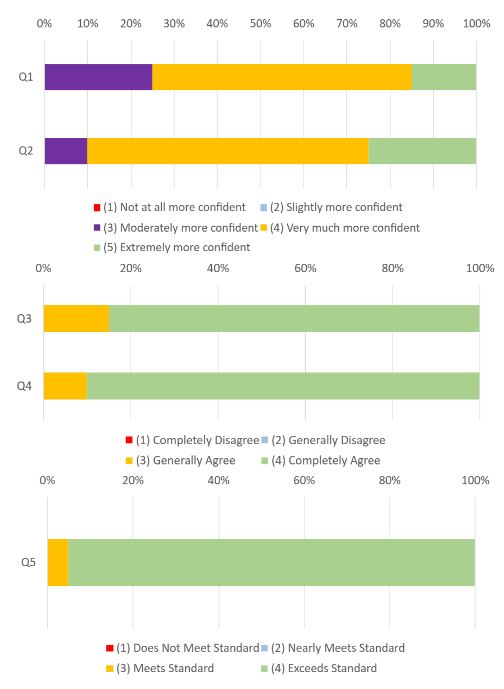Medical Education
Session: Medical Education 8
487 - Developing a Systematic Approach to Hypokalemia for Pediatric Residents
Monday, May 6, 2024
9:30 AM - 11:30 AM ET
Poster Number: 487
Publication Number: 487.2942
Publication Number: 487.2942

Edward Zitnik, DO (he/him/his)
Pediatric Nephrology Fellow
University of California, Los Angeles David Geffen School of Medicine
Los Angeles, California, United States
Presenting Author(s)
Background: Despite their prevalence in clinical practice and inclusion in the American Board of Pediatrics content requirements, electrolyte disturbances continue to be overwhelming for medical learners. The current approach is for residents to consult the nephrology service for evaluation and management of these disturbances, while the ideal approach is for residents to confidently initiate the evaluation independently.
Objective: By the end of this activity, learners will be able to:
1. Implement a decision tree algorithm to accurately identify the etiology of hypokalemia for four pediatric patients during a Problem-Based Learning (PBL) session.
2. Recognize how potassium is consumed by, stored in, and eliminated from the body.
3. Define how potassium is reabsorbed and excreted in the proximal tubule, thick ascending limb, and collecting duct.
4. Test their knowledge of potassium physiology through direct assessment on pre- and post-testing.
Design/Methods: A single-group pretest-posttest design was used to assess how the participants’ medical knowledge changed post-intervention. 20 pediatric residents completed a multiple-choice test which assessed their knowledge of potassium physiology and the diagnostic evaluation of hypokalemia. The curriculum used infographics of the renal tubule to review potassium handling in the kidney, a decision-tree algorithm to interpret diagnostic tests, and four problem-based learning (PBL) cases. Participants completed a post-intervention multiple-choice test and questionnaire to assess changes in their medical knowledge and confidence.
Results: Pediatric residents demonstrated significant improvement in medical knowledge, with average pre- and post-test scores of 43% and 94% respectively. They positively assessed their confidence in knowledge of renal physiology and ability to evaluate a patient with hypokalemia after the intervention. The residents also assessed the curriculum to be effective in enhancing their knowledge of renal physiology and enhancing their skills to better evaluate patients with hypokalemia. 95% of participants rated the curriculum as exceeding the standard compared to others curricula they have completed.
Conclusion(s): This curriculum was effective in improving pediatric residents’ knowledge, confidence, and skills in
renal potassium physiology and evaluating pediatric patients with hypokalemia.


